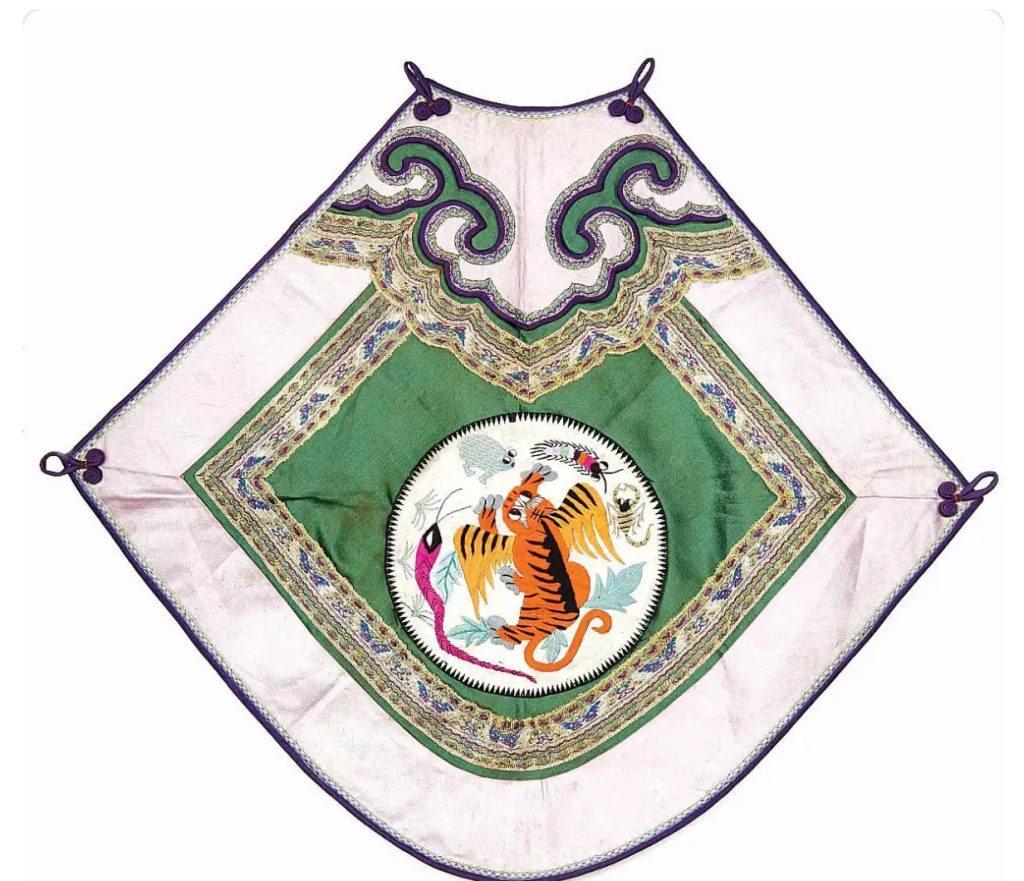Traditional Chinese Bellyband!





n the rich and splendid traditional clothing culture of China, the bellyband (dudou) holds a unique place. Unlike the intricate and magnificent dragon robes and phoenix coronets or the elegant and refined cross-collared jackets and skirts, it is deeply etched into the long river of history with its petite and delicate form. Yet, with its distinctive design and profound cultural significance, it
The bellyband (dudou) is far more than a simple garment—it carries profound cultural connotations and symbolic meaning in Chinese tradition. Whether for weddings, birthdays, or seasonal celebrations, the bellyband has played a significant role, imbued with blessings, festive joy, and protective symbolism. What began as a modest covering for the body evolved into a medium for conveying meaning and expressing emotions.
Modern biomechanical research in medicine has confirmed that the bellyband’s ergonomic tailoring and unrestrictive structure safeguard the abdomen and chest from cold exposure while facilitating smooth breathing and healthy blood circulation. Unlike Western-style undergarments, it offers moderate support without excessive tightness, helping prevent breast sagging—an advantage rarely matched by conventional bras. Additionally, for postpartum recovery, the bellyband aids in body contour restoration and provides abdominal support, mitigating muscle laxity and skin looseness caused by overstretching during pregnancy.

